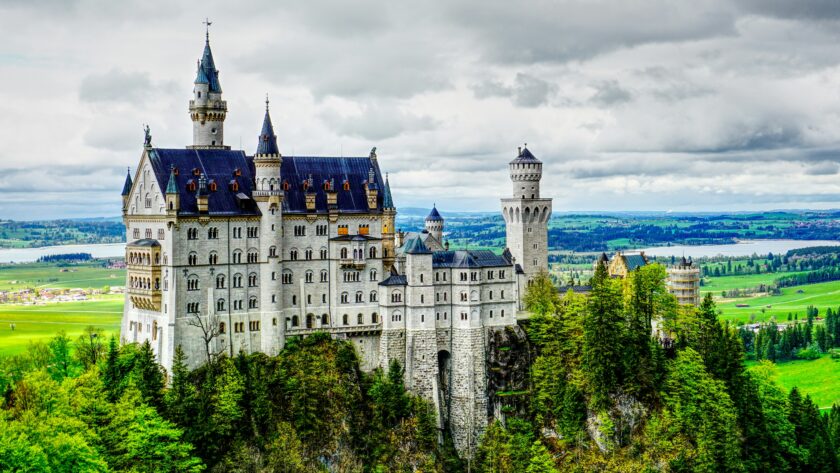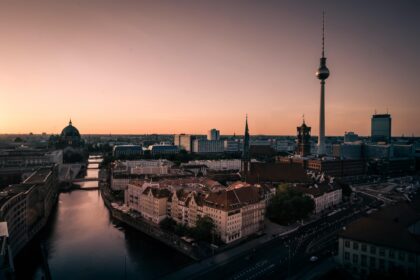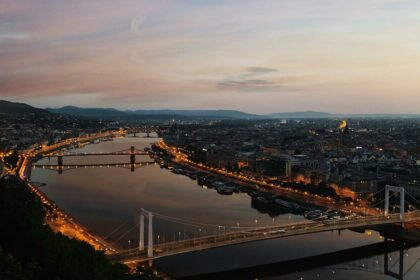High amidst the rugged beauty of the Bavarian Alps, Neuschwanstein Castle materializes like a scene from a dream. Its gleaming white towers, intricate details, and dramatic mountain setting make it an enduring symbol of romanticism and one of the world’s most recognizable landmarks.
The Visionary and His Refuge
Neuschwanstein was commissioned by King Ludwig II of Bavaria, a solitary figure known for his patronage of the arts and his obsession with ornate castles. Deeply influenced by the operas of Richard Wagner and tales of knights and chivalry, Ludwig desired a private retreat where he could escape the burdens of his reign and indulge in a world of his own imagination. Construction began in 1869 atop the ruins of two medieval fortresses, symbolizing Ludwig’s yearning to resurrect a bygone era.
Architectural Marvels and Unfinished Dreams
While the castle appears medieval, it was built using modern construction techniques of the time. King Ludwig was heavily involved in the design, which was primarily orchestrated by theatrical set designer Christian Jank. The interior reflects the king’s passions – the grand Throne Room evokes Byzantine splendor, while the Singers’ Hall pays homage to legendary heroes. An artificial grotto, complete with a waterfall, adds a touch of dramatic fantasy. Though Ludwig envisioned over 200 opulent rooms, only 14 were fully completed before his untimely death in 1886.
Planning Your Pilgrimage to Neuschwanstein
- Tickets & Tours: Pre-booking tickets is essential on the official website: https://www.neuschwanstein.de/englisch/tourist/admiss.htm. Access to the interior is only via guided tour.
- Getting There: Füssen is the nearest town, reachable by train from Munich. Buses and even horse-drawn carriages take you up to the castle base, with the final leg a scenic uphill walk.
- Timing Your Visit: It’s best to arrive early, especially in peak season. Check the official website for opening hours and plan accordingly. To avoid the largest crowds, aim for shoulder seasons or weekdays.
- Beyond the Castle: Explore the Marienbrücke bridge for breathtaking castle views and the Museum of Bavarian Kings in nearby Hohenschwangau Castle for deeper context on Ludwig II’s life.
The Disney Legacy and Enduring Allure
Neuschwanstein’s iconic silhouette undeniably inspired the fairytale castles found in classic Disney films like ‘Sleeping Beauty.’ This connection speaks to the castle’s timeless power to evoke wonder and a sense of childlike delight.
Yet, the castle’s story extends beyond its fairytale facade. It’s a testament to a troubled king’s eccentric dreams, the immense artistic skill of its creators, and the challenges of preserving such an architectural gem for future generations. Whether you’re drawn by its beauty, history, or simply the desire to step into a real-life fairytale, Neuschwanstein Castle is a destination that promises to spark your imagination and leave you with lasting wonder.



